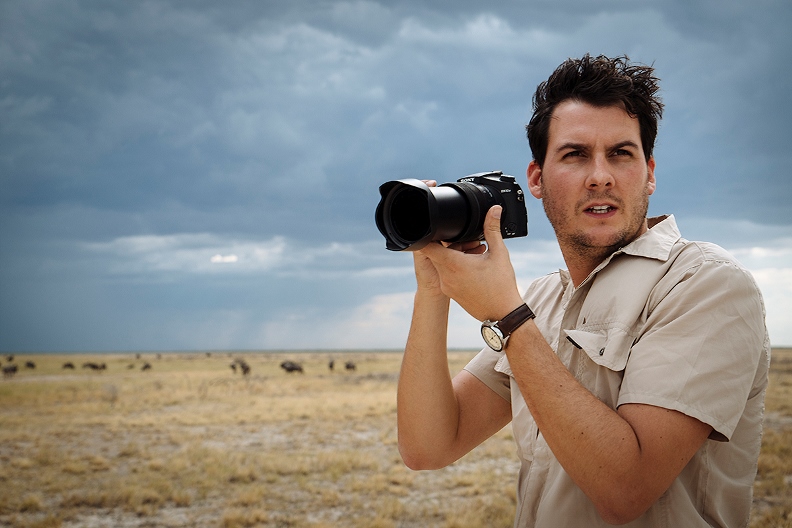
One of these was close to the base of the lens mount, on the camera body, just where my little finger would naturally rest. On the downside, there seem to be buttons everywhere on the camera body, even though some of them don’t even look like buttons. The function dial is now locked to the setting you selected, so no more accidentally switching modes when removing the camera from its case in a hurry – clever! Spotted Flycatcher on Shetland, Panasonic Lumix GH5, Leica 100-400 400mm 1/640 f7.1 ISO800Ī yellow-browed warblew, Panasonic Lumix GH5, Leica 100-400 400mm 1/640 f11 ISO1000 Twist the dial to the setting you want, and then depress the central button again. For instance, to change modes on the main function dial you have to depress a small button in the centre, which unlocks the dial. However, the little time I did get to use it, was quite rewarding.Īs I began to get used to the camera, there were several features that struck me as a good idea. After getting these two, I was reasonably confident of bagging a few crackers in the Northern Isles.Ī dunnock “giving itself up” on Galley Head, Panasonic Lumix GH5, Leica 100-400 1/400 f6.3 ISO800Īrriving at Sumburgh Head at the south end of the Shetland Isles in gale force south-easterly winds and torrential rain wasn’t the best start to the trip, and with the iffy conditions generally prevailing over the next few days, I didn’t get a huge amount of time to try out the camera. However, I did manage to fluke a couple of in-focus keepers, in the form of a goldcrest and a dunnock. This was a good test for the autofocus, as birds were jumping around, hiding behind twigs, branches and leaves and generally being awkward. There weren’t too many birds around, but I did find a mixed flock of tits and warblers frolicking around in a bush so spent a while trying to get some in focus shots. I thought I should give it a wee test before heading to Shetland, so I took it birding round Galley Head a few days beforehand. With the 100-400mm zoom, it looked like it would be a great prospect but would I be able to handle it? Goldcrest, Galley Head, West Cork.

However, the first time I tried the Lumix in the IWHQ garden, the speed of firing was immediately very striking. Mostly, the cameras have been too slow, both for focusing and also in between taking shots. I’ve tried a few bridge cameras and digital SLRs for bird photography in recent years with mixed results. Read our in-depth review of the Lumix GH5 for wildlife photography hereįirstly I must state that I’m in no way a photographer, but the chance to try out the new Panasonic Lumix GH5 for Ireland’s Wildlife on a birding trip to Shetland this October was too good to pass up.


We asked if he’d like to take the camera along and give us his thoughts from a travelling birder’s perspective… here’s how he got on. By sheer coincidence, while we had the Panasonic Lumix GH5 camera body and Leica DG 100-400mm telephoto zoom lens on loan for review, one of our review team was heading to Shetland for his annual autumn migration “pilgrimage”.


 0 kommentar(er)
0 kommentar(er)
